How to distinguish Italian furniture from a copy, analogue, fake
In the domestic market, Italian furniture is especially appreciated, because it has an excellent design and high quality. But when planning to make a rather expensive purchase, be extremely careful, as there are a lot of scammers and dishonest sellers who give out under the guise of Italian furniture not at all what we expect to see. Often, even the famous furniture stores sell products of Chinese, Russian or Romanian assembly, which, although similar in design to the original, are noticeably behind in quality, but the price remains still high. What you need to know in order not to fall for such tricks and buy real Italian furniture?
What is the peculiarity of Italian furniture?
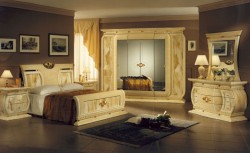 Probably, some may immediately wonder why Italian furniture is subjected to numerous fakes, because some other countries also succeed in this area. Thus, English, German and French furniture proved to be quite good on the market, but, nevertheless, the demand for it is not so great. The whole thing is not only in high quality, but also in design. So, french furniture is often too pompous, a German, on the contrary, is asceticTherefore, it has not received wide international recognition. Amid all this diversity products from Italy look the golden mean, the embodiment of excellent taste, lightness and grace, no matter in what style this or that subject was executed.
Probably, some may immediately wonder why Italian furniture is subjected to numerous fakes, because some other countries also succeed in this area. Thus, English, German and French furniture proved to be quite good on the market, but, nevertheless, the demand for it is not so great. The whole thing is not only in high quality, but also in design. So, french furniture is often too pompous, a German, on the contrary, is asceticTherefore, it has not received wide international recognition. Amid all this diversity products from Italy look the golden mean, the embodiment of excellent taste, lightness and grace, no matter in what style this or that subject was executed.
Regular exhibitions of Italian furniture once again prove how local factories subtly capture the mood of customers and respond quickly, always releasing relevant products. No wonder it was to the Italians that the title of legislators of furniture fashion became attached. Furniture factories work with different styles.to please all customers without exception, so you can always find products in the style of the fashion classics familiar to us, and in calm minimalism, and in artsy baroque.
Well, the quality, which is of great importance, is explained by the responsible approach and the continuity of such an activity: in Italy, some families have been manufacturing furniture for several hundred years in a row. It is clear that experience accumulates over such a period, a significant number of professional secrets, and over the years the name of one's own company begins to be especially appreciated, which does not allow lowering the bar. Usually, Italian furniture is made by hand, from wood, using rich fabrics, fine carvings, sometimes even gold leaf and watercolor painting.
In Italy, a lot of furniture factories and they produce products not only in different styles, but also in different price ranges. Of course, there are those who produce inexpensive, even budget models, but their designs and models are rarely faked. Most often, not very high-quality copies of furniture from the most famous furniture houses: Paolo Lucchetta, Scavolini, Marchetti, Less Andere, Zappalorto and many others. And the high price that buyers are willing to pay only fuels the interest and thirst for quick profit from many dishonest people.
What to look for?
Original and high-quality Italian furniture is sold in the respective furniture stores. But there can be put up for sale and, to put it mildly, not quite those products for which the buyer pays. How to behave and what to look for to make sure that you have, in fact, the original?
So, first you need to ask the sellers in the store certificates of conformity on products: it must be indicated there that the furniture is manufactured in Italy, and even better - even the address of production facilities is written. If sofa or the cabinet was made in China, then there will be no such marks in the documents - here it is worth suspecting something was wrong, even despite the sellers being convinced otherwise.
But, unfortunately, if everything was so simple and you could only check the documents, there would be no sense in the problem of buying fake Italian furniture. So, often the manufacturing factory sends the local certificates to the local salons in electronic form, and if they are printed, they will have the force of the document. But those craftsmen who have achieved good performance in counterfeiting furniture can just as easily fake the right certificate. The same, unfortunately, applies to the printing of various diplomas, letters of thanks and certificates, which are received by exclusive salons, which are the official representative of Italian factories. Therefore, even if all the necessary papers have been provided to you, and diplomas and awards are hung on the walls, it is better to check further.
But here it is not so simple, as some Italian factories supply whole elements of future furniture from the same China. Then all this is collected, packaged and transported to Russia. And in this case, the origin of the parts will not produce a single document, so when choosing a manufacturer it is better to focus on the one that honors traditions and performs a full production cycle in Italy.
A cause for concern may be excessively low price for goods: you need to understand that high-quality Italian furniture is expensive, because the price includes not only the cost and wrap of sellers, but also customs costs, transportation, etc. Delivery of products from China is much cheaper than from Europe. This leads to a completely fair conclusion: if the price is too tempting, then most likely you have a well-imitated fake.
In the salons selling Italian furniture must act guarantee for all products. Moreover, the warranty conditions apply not only to whole headsets purchased immediately, but also on individual products. Therefore, immediately be interested in such details - they will immediately show a serious manufacturer and a responsible, honest seller.
The situation is more complicated with return and exchange: It is believed that such expensive products are bought by serious people who will not soon return the goods. But even if you find that the furniture set is not what you wanted, or something does not suit you, you can try to negotiate with the seller, or better, ask all the nuances in the salon before buying. There are no clear rules, and decisions in each specific situation will depend only on the mood of the seller and agreements with the manufacturer. Therefore, in the best case, all the expenses of the furniture factory will be borne by the salon, but the buyer can still return the purchase that did not suit him.
But questions about backorder a certain item from a collection or a headset is a completely solvable task, however, a long-term one. Italian factories, as a rule, meet in this matter, as they value each client, unlike many pseudo-Italian ones, which are motivated only by large orders, and are unlikely to be bothered with any particular subject. This is another point in terms of difference.
Also in the store you should be told where this furniture is madewhat technologies, what features, etc. Also each buyer should to familiarize with the rules for caring for wooden, textile and leather elements.
Does not interfere inquire about branded product catalogsthat are sold in a particular furniture store. So, those salons that really cooperate with Italian furniture factories should have high-quality printed products with vivid pictures and a normal description. If you are provided with a photocopy or a nondescript brochure, then you should be prepared for the fact that this is not Italian furniture.
Almost all reputable factories provide their representatives, incl. and our furniture stores, samples of materials from which furniture is made. So, your request to show a piece of the array, an example of fabric or a sample of accessories should not drive the seller into a stupor. The buyer has every right to well examine the cut of wood and the quality of the textiles before buying. If you were denied such a service, then there is a huge chance that the store is selling fakes. But in this matter it is worth making a discount on the duration of a particular salon: for example, even their official representatives, the vast majority of factories do not send samples of wood and finishes immediately, but only after certain orders are received.
If the order has already been made, but in doubt
If you have already made an order, but doubts about the salon still remain, or, conversely, have just appeared, then with due persistence you can check the words of sellers and managers of the salon.
If you have good legal knowledge or just have a good familiar lawyer, then you can try sort out the customs declarationwhere data should be, what furniture and where it comes from. True, there is one “but”: such documents are internal documentation, therefore no one is obligated to provide you with them, even completely bona fide sellers. Therefore, if you are denied the provision of this paper, you can try other verification methods.
Personally interested in what stage your order is and where it is made, no one can prohibit. Everyone has it salon must be contracted with a factory in Italy, and this is not classified information at all. All contacts of production should be indicated there, so you can see for yourself that a particular set of furniture is made in Italy. So, the factory may have a representative office, for example, in Moscow: then you can call there and you should be told what stage your order is at, for example, at the stage of grinding, painting or upholstery. If there is no such representation, then it will be a little more complicated: you will need to contact directly with Italiansbreaking the language barrier. But everything is simply solved by request by e-mail. As you can see, there are no difficulties, but for most stores this is an extraordinary situation, which is associated with an additional burden on managers, so employees will not be interested in conducting such checks. But with the right share of motivation, perseverance and confidence, you will succeed.
The moment of truth or when the order has arrived
It is the moment when the order arrives, and you can personally look at it, put everything in its place: you must surely make sure that you have an original product, or doubt its Italian origin.
- First of all, pay attention to the packaging: Real Italian manufacturers pay great attention to the packaging, whether it is assembled furniture or delivered in parts. So, each element should be in individual packaging made of hard corrugated cardboard, even for small elements separate places should be provided.
- Facade of cabinet furniture pay even more attention - such details always transported separately, since they require accuracy, especially if there are glass elements.
- In addition, must also be present waybill, as well as the act of acceptance.
- When the whole product or its parts are unpacked, then many buyers pay attention to the presence of some kind of identification signs that speak of proud origin. But this is not the surest sign of the difference between Italian furniture and fake. So, often even eminent factories do not focus on such insignia, and the only way to find out the origin is simply peek into the accompanying documentation. Some factories attach brass plates or brochure, which describes the product, the rules of operation and care.
In general, there are no uniform rules, and focusing on the presence of brand names is not always worth it. Then what to pay attention to?
If in front of you sample of upholstered furniturethen distinguishing the original will be somewhat more difficult. But still try to highlight key differences from fake.
- So, Italian upholstered furniture is characterized by even lines, high-quality sewn-in zippers or Velcro, rich fabrics and fine-skinned leather.
- As a filler usedmainly polyurethane foam, which practically does not lose shape during operation, but the spring blocks, so popular among Russian and Chinese manufacturers, are almost never used.
- By the way, real Italian factories always try to please customers, so they have at their disposal a huge number of colors and shades for the same material.
Solid wood furniture it’s much easier to identify with the subject “original / fake”. Immediately pay attention to the array of wood: italian factories in the production of luxury furniture, they work only with high-quality and expensive tree species: walnut, oak, larch, alder, beech, etc., completely rejecting the use of fiberboard because such material quickly becomes worthless.
But chinese masters They work mainly with wood-fiber boards, therefore, the durability of the products is called into question. By the way, not everyone will immediately be able to identify the presence of wood in a particular product, since in Italy its processing takes place quite differently than ours. So, it can be cut and trimmed to resemble metal or plastic: Chinese factories, on the contrary, are passionate about disguising any material as wood. That is why the level of processing, and often it is manual work, and the type of wood are of decisive importance.
In terms of overall design it’s difficult to look for differences, as some unscrupulous companies have learned to accurately copy even the latest developments of Italian masters. Better again pay attention to details: original furniture is distinguished by a very delicate and professional work, skillful inlay, high-quality artificial aging of wood.
By the way, sometimes it’s very easy to distinguish a fake - one breath is enough, as odors can come from furniture. Italian factories use only natural and non-toxic materials: from wood to paints and furniture. This is, firstly, in their traditions, and, secondly, strict European standardization simply leaves no choice. In addition, Italian furniture is being tested, including and environmental, at all stages of production. But Chinese manufacturers do not disdain cheap paints and varnishes with a high content of formaldehyde. The latter easily gives itself an unpleasant odor, in addition, it is also very dangerous to health.
And another simple way to make sure the Italian origin of furniture - take a look and measure some parameters, and compare them with European standards. So a few examples:
- kitchen facadeas a rule, in the original Italian model should have a thickness of 23-24 mm. Chinese and Russian standards allow the manufacture of products with a thickness of 18-22 mm, which is used by factories that manufacture false Italian products;
- no traces of fasteners should not be seen. So, if in mass models, fasteners such as a European screw are used, on which a plug is then put on to mask it as much as possible, then for the production of luxury furniture the fasteners are completely hidden so that they cannot be found;
- shelf thickness in cabinets should be within 18-24 mmMoreover, they can be made of a laminated plate with imitation of wood, stone, etc. Standards for furniture of non-Italian origin are different: shelves can be from 16 mm thick. In principle, the difference is easy to notice with the naked eye, but you can take a ruler with you;
- sidewalls of internal and external parts performed from the same material, and are indistinguishable to the touch, and the back wall is made of the same materials as the side parts of the furniture facade. Italians often use HDF for the sides and backs of furniture, a material that the Chinese use only for facades. It is slightly thinner than wood, but very strong and reliable. In fakes, instead of it, they often use a hardboard, which has a not so dense structure and is little protected from negative external influences.
Attention to fittings
High-quality expensive furniture "Made in Italy" made with the expectation of maximum manufacturability and ease of use. So, if when you close the drawer in an ordinary table or cupboard, you hear cotton, then in the Italian product everything will happen silently, and small details will not budge at all. There can be many such examples, as the emphasis is not only on high technology and ease of use, but also on special comfort when handling furniture.
But the fact is that mechanisms for convenient folding, driving in, opening, etc. both Italian and some Chinese firms order from the same suppliers, so only the most unscrupulous manufacturers can identify such parts. Then we translate our view of the decor elements.
So, Italians use exclusive fittings in the manufacture of expensive furniture, which is developed specifically for a specific kit according to the designer's sketches. Therefore, exactly the same handles, for example, you will no longer meet in any cabinet or bedside table. But pseudo-Italian pieces of furniture are made using the accessories that you don’t need to bother with, and they are ordered from China or, at best, from Poland.
But still, not everyone can distinguish a thing with a unique design from a more ordinary one, especially if you have not previously been familiar with a huge number of furniture samples. For this case there is set of rulesusing which it will be possible to determine with high probability the quality of the fittings and, accordingly, the origin of the furniture.
So, we remember the main differences of Italian furniture:
- metal pens and other items must be made aluminum alloy and zinc, but in Chinese counterparts they use silumin - an alloy of aluminum with silicon. As a result, the products are thinner and less durable. Unfortunately, it is possible to determine with a high degree of accuracy what is in front of you only by comparison;
- Italians use plating, which not only prevents the development of corrosion, but also makes the entire product resistant to abrasion and other negative factors. In simpler fittings, it is not that there is no protection against corrosion, even a sample in the store may already have scratches, leaving traces of paint on its hands;
- if there are some decorative elements in the metal detailsthen take a closer look at them. So, in Chinese products instead porcelain insertsfor example, there will be plastic ones that quickly peel off, while porcelain ones can even be soldered into metal;
- handle mount can also impersonate: in furniture factories in Italy, two holes are drilled at once, which allows you to always get the same distance between attachment points. But in many non-Italian factories they use one drill, so problems can arise in the process of fixing hardware. In addition, Italians first cut out all the necessary holes, and only then apply a galvanic coating to the product. As mentioned above, in a fake such a coating may not be at all, but if it is present, it is carried out even before the holes for mounting are created. As a result, then the coating deteriorates, and additional risk zones arise.
- by the way, the wrong side of some details can sometimes say more than the outside. Naturally, original products are smoothly polished from all sideswhich can not be said about most of the Chinese parts.
And in conclusion, it is worth noting that some buyers consider one of the most important indicators that Italian furniture is in front of them, the fact that it is assembled in Italy. This is not a criterion at all in order to distinguish an original from a fake, since it is much more profitable for many factories and shops to deliver an unassembled kit: since furniture takes up less space, and the risks of damaging certain elements during transportation are reduced. If in the salon the sellers assure that the furniture assembled locally in Russia cannot be 100% Italian, then this store simply does not have a qualified team of craftsmen who would properly perform all the work.

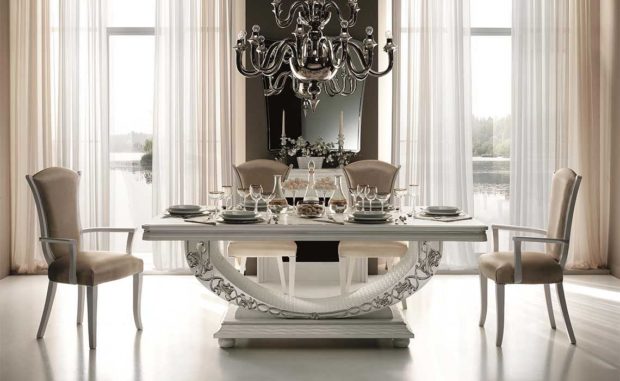
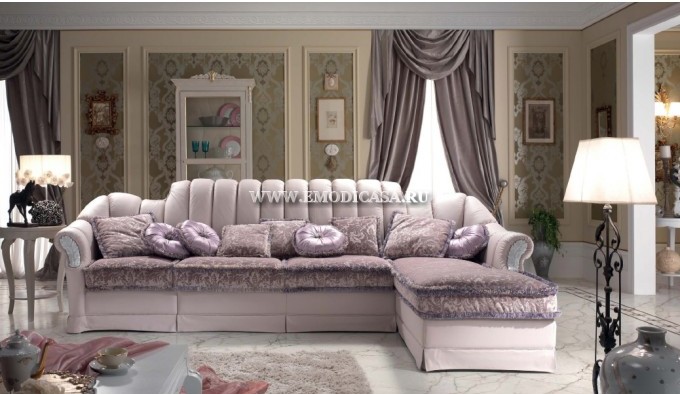
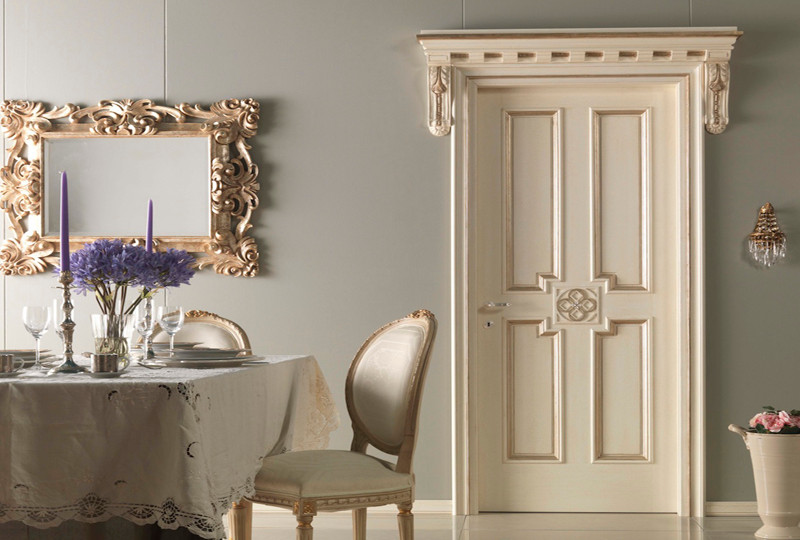
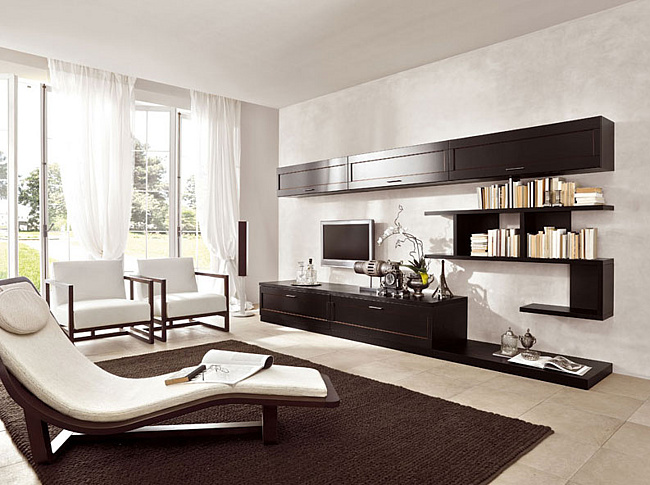
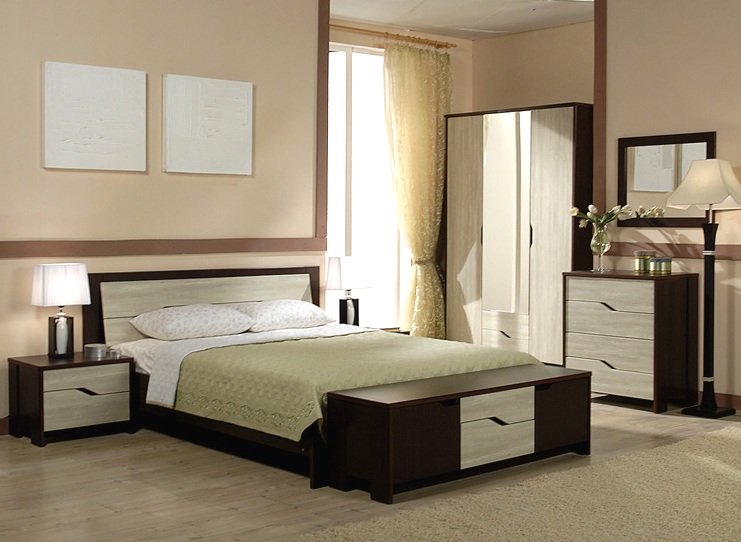
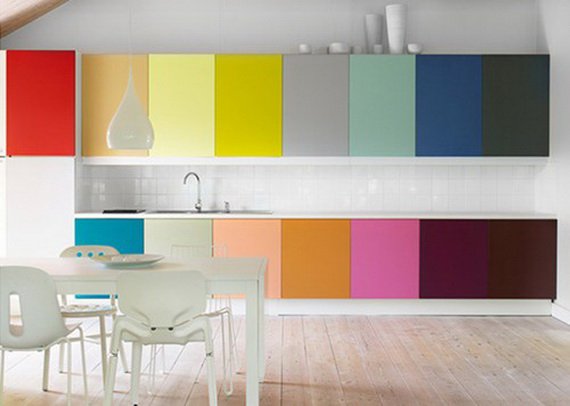
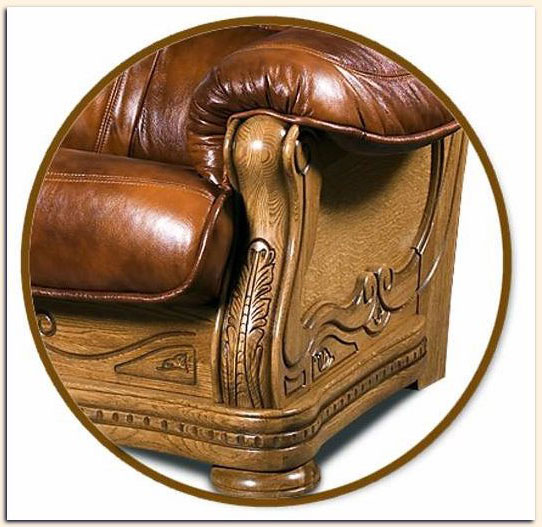
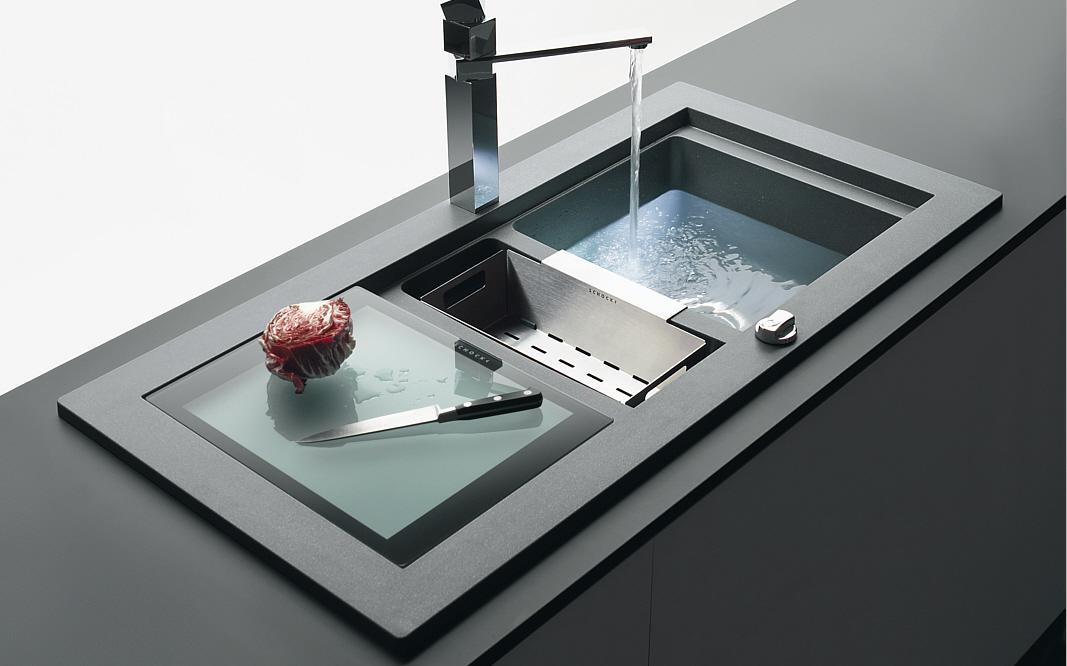
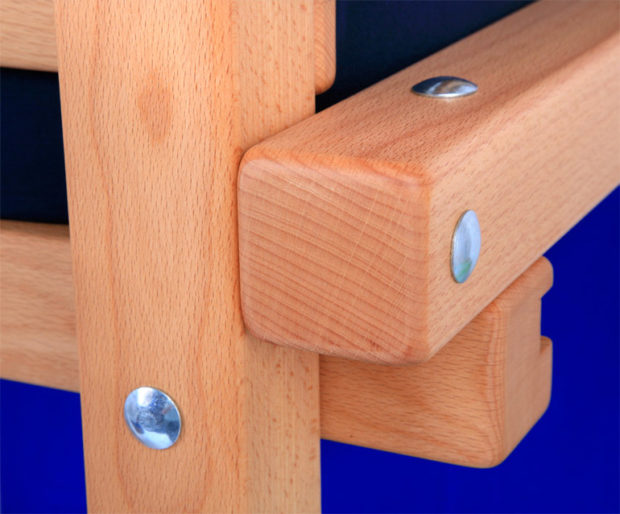

I read only part of the article. Do you invent the information you publish yourself, forgive? Do not mislead people. Not a single decent factory or representative office will give any information to a certain private person upon his allegedly order. The factory works with a dealer. And the order at the factory is placed by the dealer. No factory information can be provided to any third parties. Having made an order for a Mercedes car, will you contact the factory and find out at what stage of production your car is? The second point, no dealer will present his contract with the factory to the buyer. Firstly, they are very private does not exist in principle. In most cases. Secondly, even if it is, this information is confidential. The only thing that the client can do is to contact the factory and find out whether the salon is in fact the official dealer of the factory or not. If you write recommendations, then at least write real ones.
You probably do not have a Mercedes-Benz car, and what a customer-oriented business is also not known to you. If you, as a buyer, are refused to provide information about the progress of your order or confirm its authenticity, then the best solution would be to refuse to purchase from this seller or manufacturer. You do not confuse consumer goods with the order for individual production.
Thanks to the author for the article, you won’t foresee everything, of course, no one will show the contract, but what you need to pay attention to is described exhaustively ...
Thanks for the recommendations, for me they are very important. I'm just going to buy furniture in the apartment, I will be guided by your advice as well.
An individual can buy Italian furniture directly in Italy, without extra charges from a Moscow dealer and other resellers.
To do this, you need to contact factory representatives in Italy, for example, with us, we help individuals and architects to buy furniture in Italy in Milan at the manufacturer’s price, with a quality guarantee and delivery to any city on order.
Our partners are the best Italian furniture factories of a high level of quality, as well as manufacturers of handmade chandeliers in northern Italy, that is, where traditionally the best and most beautiful home goods are made.
We work with high-quality factories in the styles of classic, ardeco, modern design, modern.
Our clients are wealthy private customers who are looking for original solutions for their home and premium quality interior items without unnecessary overpayments.
But in general I am inclined to the opinion that it is better to buy high-quality good furniture made in Russia at a production than to go to salons there or to go on shopping tours, because it's all like a pig in a poke. my wife and I bought, if not to say that it’s not Italian - not to distinguish.
Good evening. Tell me - I bought a set of furniture from Italy. We drove for a long time. Marriage in every product. The quality is not Italian. According to the GTD, it is impossible to understand from which country the goods were imported. What documents should I look for to see the country of origin of goods?
Usually in the furniture passport it is written where it comes from, how it should be looked after, the better it is to wipe it and everything else. There is probably no such information in other documents.
Irina, good afternoon! Unfortunately, apparently you have become a victim of unscrupulous suppliers.